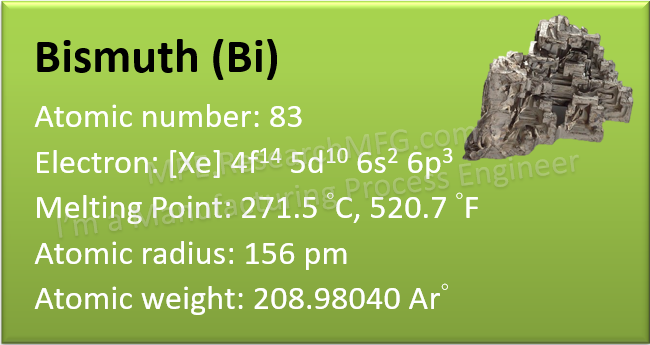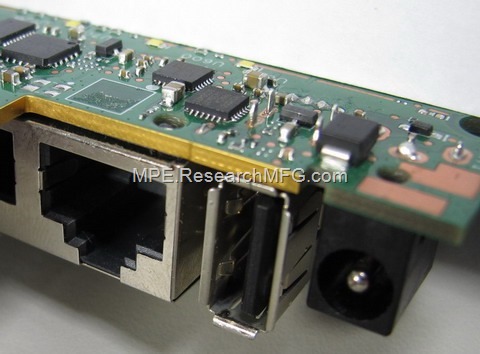 Tin (Sn) based solder is still the best material for PCB (Printed Circuit Board) assembly in the modern industry today. The only difference is the lead (Pb) free from the solder base due to environmental concerns.
Tin (Sn) based solder is still the best material for PCB (Printed Circuit Board) assembly in the modern industry today. The only difference is the lead (Pb) free from the solder base due to environmental concerns.
The melting point of tin (Sn) as 231.9°C (equivalent to 505°K) is hardly accepted by PCB assembly since most electronic components may not sustain such high temperatures. Maybe it shall say there are still lots of electronic components that can’t reach so high-temperature levels today yet. As a result, the solder powder should contain the majority of tin and a few other alloy components, such as copper (Cu), silver (Ag), indium (In), zinc (Zn), antimony (Sb), bismuth (Bi), etc, to reduce the melting point of solder paste and mass-produce the PCB assembly under lower energy.
So, what is the purpose of adding trace metals (Cu, Ag, Zn, Sb, Bi) to solder paste as an alloy?
Adding trace metals as an alloy to solder paste to reduce melting point is the main purpose. The other aim lies in its function to improve the performance of solder with better strength and toughness so that perfect properties can be obtained in terms of mechanics, electricity, and thermal performance after soldering.
In the early beginning, the electronic fabrication industry still did not yet control the “lead” content, the most popular solder powder was composed of tin-lead (Sn63-Pb37) and its eutectic point is 183°C only which is lower than pure tin very much. Now it rolls to the lead-free stage. The popular lead-free solder paste is SAC305 that is consisted of 3% of silver, 0.5% of copper, and 96.5% of tin with a eutectic point of 217°C. Another solder paste is SNC that is consisted of silver (Sn), copper (Cu), and Nickel (Ni) with a eutectic point of 227°C. No matter 183°C or 217°C and 227°C are lower than the melting point of pure tin, that is 231.9°C.
You are interested to know why two or more metal elements blend together as alloy will make the melting temperature lower than any of the constituents? We call this is a “eutectic system” which is a homogeneous mixture of substances that melts or solidifies at a single temperature.

The atom exchange and interstitial are two of the mechanisms to cause an alloy. Alloys can be formed by substituting one metal atom for another of similar size in the lattice (substitutional alloys), by inserting smaller atoms into holes in the metal lattice (interstitial alloys), or by a combination of both. The atoms re-locate will affect the bonding force between two or more metals.
If you are interested in the alloy or eutectic then you can refer to below YouTube to get more information.
Well, let’s back to the purpose of trace metals adding to the solder paste. There are some purposes to add other metals into tin base solder to get better solderability, reliability, strength, and toughness. Here I summary of the information for your reference.
• Silver (Ag)
Silver is very popular be part of solder paste. Silver can help to enhance the soldering wetting and strength, and improve the fatigue resistance.
Silver can help solder passing temperature high-low cycling test and thermal shock testing since it can enhance the soldering wetting and strength and improve the fatigue resistance. No recommend adding too much silver (usually no more than 4%) to solder paste. Otherwise, the solder point will become fragile.
• Indium (In)
Indium is a known metal that can form an alloy with tin to get the lowest eutectic point. The eutectic point of In52Sn48 alloy is as low as 120°C, and Sn77.2In20Ag2.8 alloy is even low to 114°C. In some situations, solder with low melting point will be a good choice because of its good physical feature and wettability. Nevertheless, indium is so rare around the world that it is very expensive. As a result, indium can hardly be massively applied.
• Zinc (Zn)
Because zinc is quite an ordinary mineral on the earth, it can be bought at a low price that is similar to that of lead. Although the melting point of the zinc-tin alloy (the melting point of Sn91.2Zn8.8 is 200°C) is lower than that of pure tin, the melting point is no much different. Besides, zinc features an obvious disadvantage that it will easily reacts with the oxygen in the air with oxide and solder-dross generated. The oxide will reduce soldering wettability so that much tin splashes will be created or soldering quality will go down.
• Bismuth (Bi)
Bismuth also performs very well in helping to decrease the melting point of the alloy with tin. The Sn42Bi58 alloy features a melting point that is as low as 138°C while Sn64Bi35Ag1 is 178°C. The melting point of tin, zinc, and bismuth alloy can be as low as 96°C. Bismuth performs very well in soldering wettability and physical features. After lead-free soldering becomes popular, the demands on bismuth drastically rise, and bismuth is mainly used for those electric components that can’t sustain high-temperature soldering. The disadvantage of tin-bismuth alloy lies in its low fragility and insufficient intensity of solder balls, which is why a little silver is added to its alloy to increase soldering strength and fatigue resistance.
• Nickel (Ni)
Adding nickel into the solder alloy will increase the melting point that is different from above mentioned other metals. The purpose of adding nickel is to inhibit dissolving from the copper base during soldering, especially for the OSP (Organic Solderability Preservative) finished PCB, so the solder bar containing SnCuNi (SCN) alloy is recommended and applied in the wave soldering process.
• Copper (Cu)
Adding a few coppers to solder paste can improve the rigidity of solder and enhance soldering strength. Besides, a few coppers can reduce the corrosion effect on the soldering iron. The amount of copper added to solder should be less than 0.8% weight and no more than 1.0%. Otherwise, the copper will possibly degrade soldering quality.
If the solder bard of SAC305 is applied in the wave soldering process, then the weight ratio of copper in the soldering pot must be well controlled and measured its content regularly. Because the copper will gradually dissolve from electric components and PCB during production.
The copper ratio increase by 0.1% weight then its melting point will increase about 3°C. The high percentage of copper will make the liquid solder become viscous and flow sluggish. As a result, solder bridging between two pads or adjacent pins on an IC will happen.
This article translates from https://www.researchmfg.com/2018/12/solder-trace-metal/
Related article:
How EMS fabricate a PCB Assembly?
Selectively increase solder paste volume solutions
How to print solder paste on PC Board and screen printing notices?








Hi buddy, SAC305 with 3%Ag & 0.5%Cu.